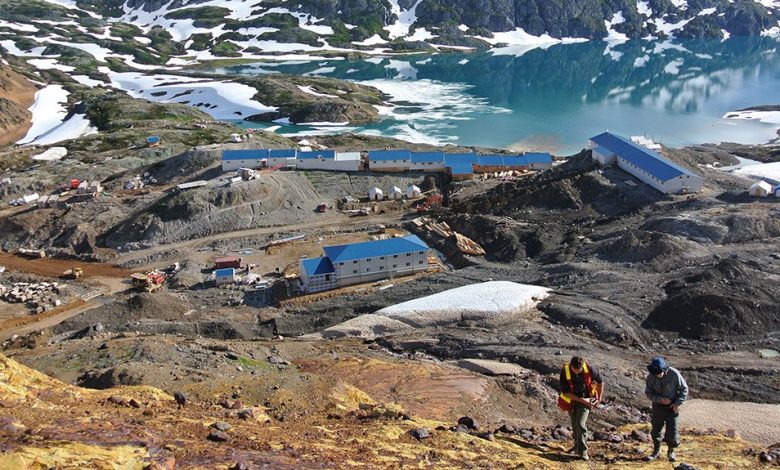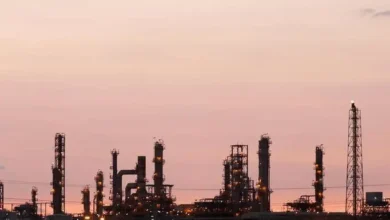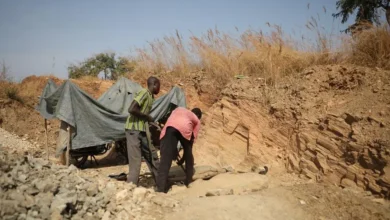
Canada and British Columbia are making an investment of C$195 million ($142m) into critical minerals infrastructure in northwest BC, aimed at bolstering development and safety within the region.
Announced by the Hon. Jonathan Wilkinson, Canada’s Minister of Energy and Natural Resources, alongside BC’s Minister of Energy, Mines and Low Carbon Innovation Josie Osborne, and Minister of Transportation and Infrastructure Rob Fleming, the funding targets key highways essential for supporting mining activities.
The investment, facilitated through the Critical Minerals Infrastructure fund, will see the federal government contributing up to C$75 million, with an additional C$120 million provided by BC’s Ministry of Transportation and Infrastructure.
These funds are specifically earmarked for upgrading Highways 37, 37A, and 51, covering approximately 800 km. Planned improvements include widening shoulders, creating pullouts for slow-moving vehicles, establishing chain-up/chain-off areas, and enhancing WiFi access along these routes.
The upgrades are crucial for accommodating increased industrial traffic associated with mining operations in BC’s Golden Triangle region. They aim to enhance safety, reliability, and accessibility of essential services, which are vital for supporting local communities and economic growth.
Moreover, this initiative is expected to generate significant economic benefits. It is projected to create up to 3,000 jobs during construction, attract C$20 billion in capital investments, and contribute over C$450 million annually in mineral taxes. These developments also promise substantial revenue-sharing opportunities and economic prospects for local Indigenous communities.
This investment aligns with broader strategic objectives outlined in the Canadian Critical Minerals Strategy, focusing on reconciliation with Indigenous peoples, fostering inclusive workforces, and promoting community engagement. It underscores BC’s commitment to sustainable economic development while advancing environmental stewardship and collaboration with Indigenous communities.
The work is scheduled to commence in 2024 and targeted for completion by 2030.




